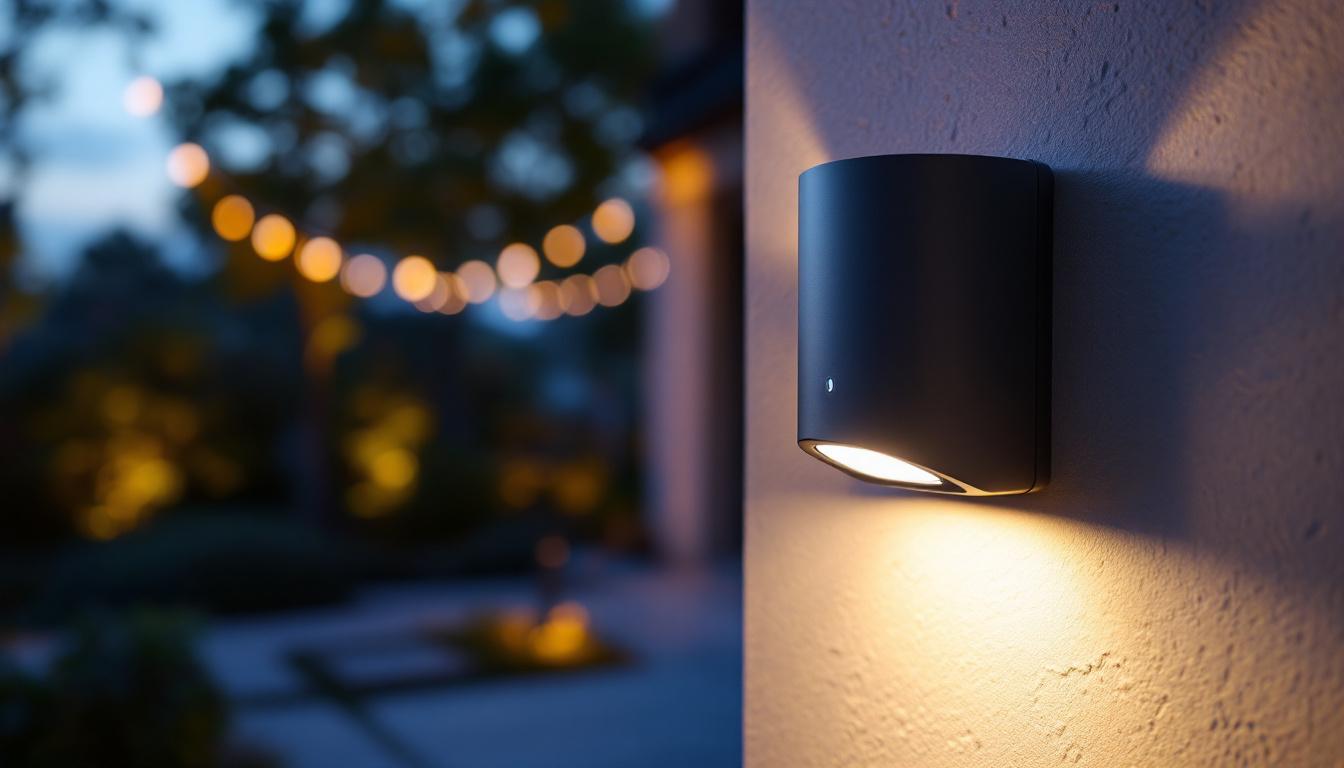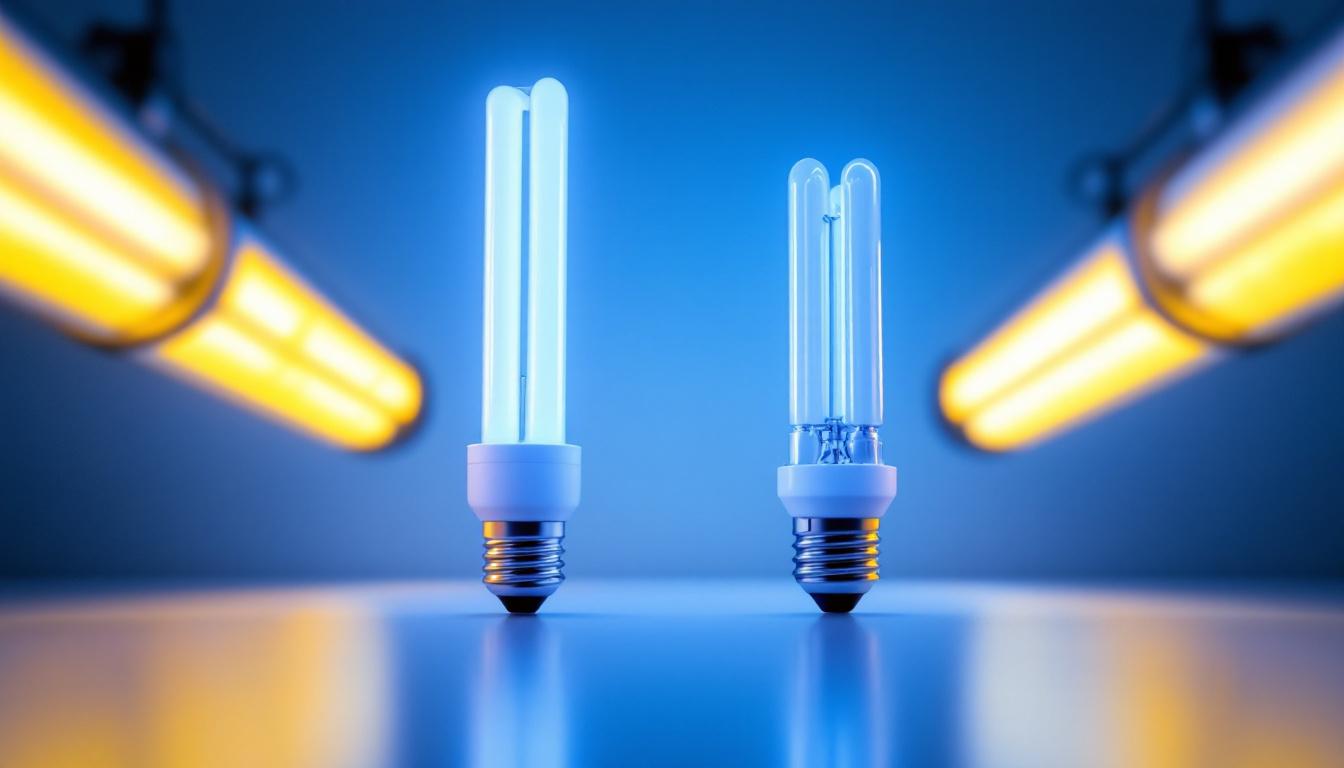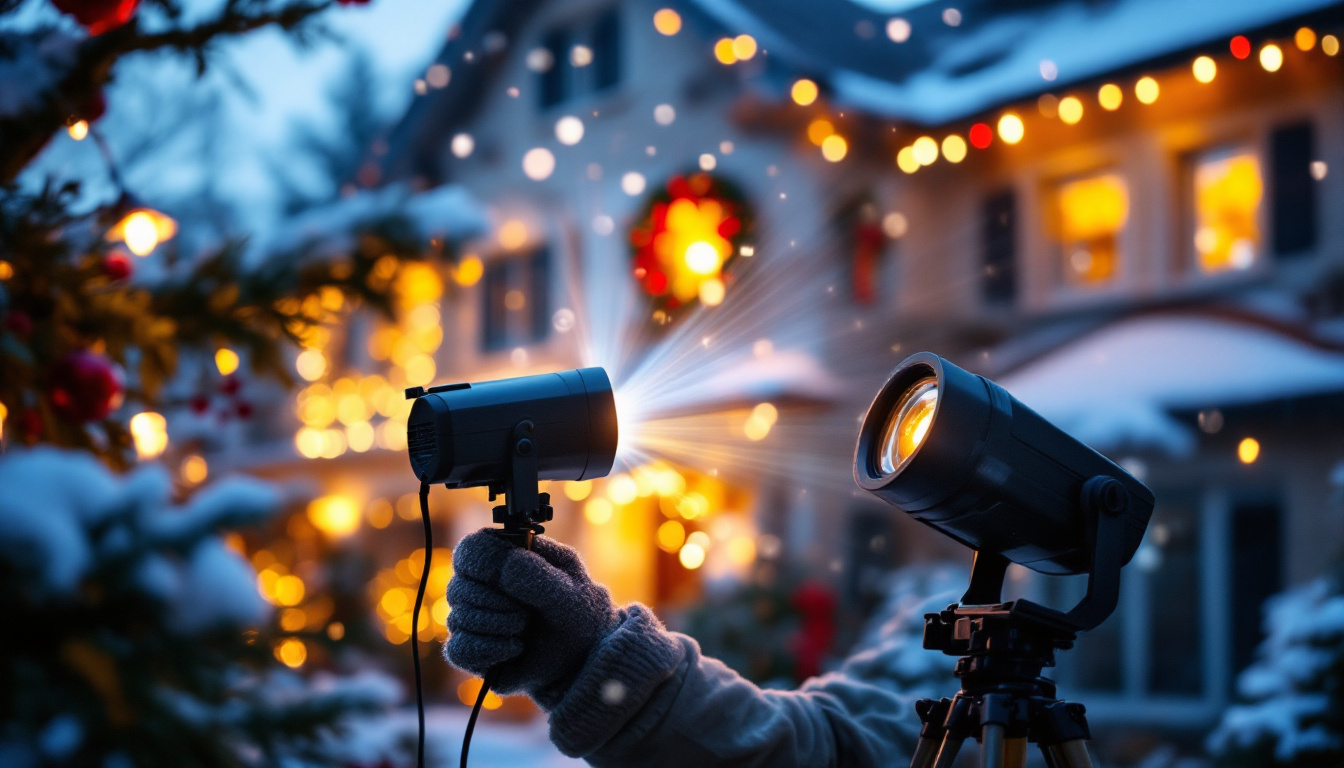
recessed lighting, often referred to as can lighting or pot lighting, has become a popular choice in modern interior design. This type of lighting is embedded into the ceiling, providing a sleek and unobtrusive aesthetic. It can be used for various applications, from general illumination to accent lighting, making it versatile for different spaces. Homeowners appreciate the clean lines and minimalistic look that recessed lights offer, which can enhance the overall ambiance of a room without overwhelming the decor. Whether illuminating a kitchen, living room, or hallway, recessed lighting can create a warm and inviting atmosphere while also serving functional purposes.
For lighting contractors, understanding the nuances of recessed lighting is crucial. This includes not only the technical aspects of installation but also compliance with local building codes and regulations. As the demand for recessed lighting continues to grow, so does the need for contractors to stay informed about the latest trends and compliance requirements. Additionally, contractors must be knowledgeable about the various types of bulbs available, such as LED, incandescent, and fluorescent options, each offering different levels of energy efficiency and light quality. The choice of bulb can significantly impact not only the brightness and warmth of the light but also the longevity and maintenance of the fixtures, making it essential for contractors to guide their clients in selecting the best options for their specific needs.
Furthermore, the placement and spacing of recessed lights are critical factors that can affect the overall effectiveness of the lighting design. Properly spaced fixtures can ensure even illumination and reduce harsh shadows, while strategic placement can highlight architectural features or artwork, enhancing the visual interest of a space. Contractors often utilize design software to create lighting plans that take into account the dimensions of the room, the height of the ceiling, and the intended use of the space. This attention to detail not only improves the functionality of the lighting but also contributes to the aesthetic appeal, making recessed lighting a favored choice among homeowners and designers alike.
Compliance with local, state, and national building codes is essential for any lighting contractor. These regulations ensure that installations are safe, energy-efficient, and meet the required standards for performance. Failure to comply can result in costly rework, fines, or even legal issues.
Lighting contractors must be familiar with the specific codes that govern recessed lighting installations. These may include regulations regarding wiring, fixture placement, and energy efficiency standards. Understanding these requirements not only helps in avoiding potential pitfalls but also enhances the contractor’s reputation as a knowledgeable professional.
Building codes vary by region, but there are common elements that most contractors should be aware of. For instance, the National Electrical Code (NEC) outlines the standards for electrical installations, including recessed lighting. This code dictates how fixtures should be wired, the types of circuits that can be used, and safety measures that must be taken during installation.
Additionally, local codes may impose specific requirements based on the type of building or its intended use. For example, commercial spaces often have stricter guidelines compared to residential installations. Contractors should always check with local building authorities to ensure compliance with these codes before beginning any project.
With a growing emphasis on sustainability, energy efficiency standards have become increasingly important in the lighting industry. Many regions have adopted regulations that require new lighting installations to meet specific energy efficiency criteria. This often includes the use of LED fixtures, which consume significantly less energy compared to traditional incandescent or halogen bulbs.
Contractors should be well-versed in these energy efficiency standards, as they can impact the types of fixtures that are available for a project. Additionally, understanding these requirements can help contractors advise clients on the benefits of energy-efficient lighting, potentially leading to cost savings and improved environmental impact.
Recessed lighting fixtures come in various styles and configurations, each designed for specific applications. Understanding the different types available can help contractors make informed decisions when recommending products to clients.
Common types of recessed lighting fixtures include adjustable, fixed, and wall wash fixtures. Each type offers unique features that cater to different lighting needs, from general illumination to highlighting artwork or architectural features.
Adjustable recessed fixtures are designed to allow flexibility in directing light. These fixtures can be tilted or rotated, making them ideal for accent lighting or highlighting specific areas within a room. For example, they can be used to illuminate artwork or architectural details, adding depth and interest to a space.
When installing adjustable fixtures, it is essential to consider the angles and positions to achieve the desired lighting effect. Proper placement can enhance the overall aesthetic of a room while ensuring compliance with any applicable codes.
Fixed recessed fixtures are stationary and provide a consistent beam of light. These fixtures are commonly used for general lighting in residential and commercial spaces. They offer a clean and modern look, making them a favorite among designers and homeowners alike.
While fixed fixtures are straightforward to install, contractors should still pay attention to spacing and layout to ensure even illumination throughout the space. Proper planning can prevent dark spots and create a more inviting environment.
Wall wash fixtures are specifically designed to create an even wash of light along walls. This type of recessed lighting is particularly effective in galleries, retail spaces, and living areas where wall art or architectural features need to be highlighted.
When using wall wash fixtures, contractors must consider the height and angle of the fixtures to achieve the desired effect. Additionally, ensuring compliance with lighting regulations regarding brightness and glare is crucial for a successful installation.
Proper installation of recessed lighting is vital for both aesthetic appeal and compliance with safety standards. Contractors should follow best practices to ensure a successful project, minimizing the risk of issues down the line.
One key aspect of installation is selecting the right location for the fixtures. This involves considering factors such as ceiling height, the purpose of the room, and the desired lighting effect. Additionally, proper spacing between fixtures can help achieve a balanced and even distribution of light.
Wiring is a critical component of recessed lighting installation. Contractors must ensure that the wiring meets local electrical codes and is suitable for the fixtures being installed. This includes using the correct gauge wire and ensuring that circuits are not overloaded.
Additionally, contractors should consider the use of dimmers and smart controls to enhance the functionality of recessed lighting. These features allow clients to adjust the brightness and ambiance of a space, providing greater flexibility and energy savings.
Another important consideration in recessed lighting installation is insulation and airflow management. Many recessed fixtures are designed to be “IC-rated,” meaning they can be in contact with insulation without posing a fire hazard. However, it is essential to verify the rating of the fixtures being used.
Proper airflow management is also crucial, as recessed fixtures can create hot spots in ceilings if not installed correctly. Contractors should ensure that there is adequate ventilation around the fixtures to prevent overheating and potential damage.
The recessed lighting industry is continually evolving, with new trends emerging that can influence design choices and installation practices. Staying informed about these trends can help contractors offer clients the latest and most innovative solutions.
One significant trend is the increasing popularity of smart lighting technology. As more homeowners and businesses seek to integrate technology into their lighting systems, recessed fixtures equipped with smart controls are becoming more common. This allows users to control their lighting remotely, set schedules, and even adjust colors to create the desired ambiance.
Another trend is the growing emphasis on color temperature and dimming options. Many clients are looking for lighting solutions that can adapt to different moods and activities. This has led to an increase in the availability of adjustable color temperature fixtures, which allow users to switch between warm and cool light tones.
Dimming options are also becoming more sophisticated, with many fixtures now offering smooth dimming capabilities that enhance the overall lighting experience. Contractors should be prepared to discuss these options with clients and recommend fixtures that meet their needs.
Recessed lighting is increasingly being integrated with architectural features to create a seamless design. This includes using recessed fixtures to highlight ceiling details, such as beams or coffered ceilings, or to create a dramatic effect in staircases and hallways.
Contractors should consider how recessed lighting can complement the overall design of a space. By collaborating with architects and designers, they can create lighting plans that enhance the architectural elements of a project, resulting in a cohesive and visually appealing environment.
Recessed lighting offers a versatile and modern solution for both residential and commercial spaces. However, for lighting contractors, understanding compliance, installation best practices, and current trends is essential for success in this competitive industry.
By staying informed about building codes, energy efficiency standards, and the latest fixture options, contractors can provide clients with high-quality installations that meet their needs and exceed their expectations. Embracing new technologies and design trends will not only enhance the contractor’s service offerings but also contribute to the overall satisfaction of their clients.
In a rapidly evolving market, continuous education and adaptation are key. Lighting contractors who prioritize compliance and stay ahead of industry trends will position themselves as leaders in the field, ready to tackle any project with confidence and expertise.
Ready to elevate your lighting projects with the best in recessed lighting? Look no further than LumenWholesale for all your lighting needs. Our extensive selection of spec-grade lighting products ensures you have access to the highest quality options at wholesale prices that can’t be beaten. Say goodbye to middleman markups and hello to cost-effective, reliable lighting solutions that will impress your clients and comply with industry standards. With the convenience of free shipping on bulk orders, LumenWholesale is your go-to source for premium lighting without the hassle. Don’t compromise on quality or value; choose LumenWholesale for Wholesale Lighting at the Best Value.

Discover how the motion sensor light wall mount is revolutionizing the lighting industry with energy savings, enhanced security, and convenience—learn why it’s a must-have upgrade today!.

Discover how ballast replacement can enhance your lighting installations and boost profitability.

Discover the key differences between T8 and T12 lamps as expert lighting contractors share their insights.

Discover how Christmas projector lights can illuminate new business opportunities for lighting contractors.